- Home
- slideshows
- miscellaneous
- 10 strategies proposed to stop shootings in America, and how likely they are to work
10 strategies proposed to stop shootings in America, and how likely they are to work
Assault weapons ban

High-capacity magazine ban
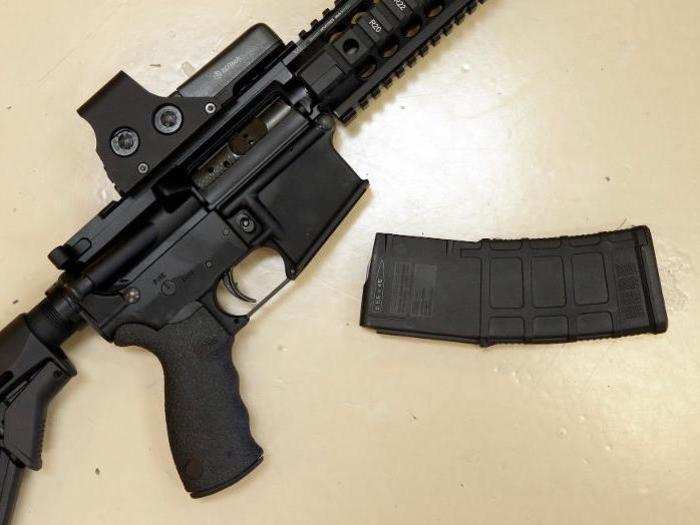
Would it work? Likely.
Banning high-capacity magazines seems likely to significantly decrease the number of fatalities a shooter could inflict in a single attack, and increase chances for bystanders to intervene when the shooter is caught off guard, according to experts.
"Nearly every mass shooting illustrates that large capacity magazines can increase the death toll and that forcing a shooter to reload more frequently can provide opportunities for counter-attack by those around," Donohue said.
Donohue added: "Accordingly, a ban on high capacity magazines is absolutely essential if one wants to reduce the loss of life from active shooter scenarios, and bans on assault weapons can both reduce the mayhem from and perhaps even reduce the frequency of these lethal crimes."
Funding CDC research into gun violence
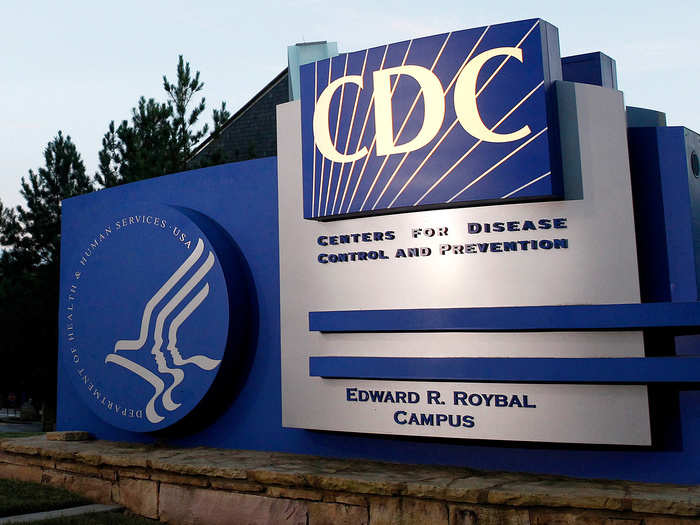
Would it work? It depends.
Organizations including American Public Health Association and the American Medical Association have begun characterizing gun violence as a public-health problem to emphasize the research's critical role in developing data on gun ownership and violence that could be used to inform policies that would cut down on gun violence and mass shootings.
In 1996, congressional Republicans passed the Dickey amendment to pressure the Centers for Disease Control and Prevention away from conducting public health research on gun violence.
Though lawmakers have since clarified it was not a total ban on federal funding for gun-related research, the US spends less money researching gun violence than it does on almost any other leading cause of death.
That's because of "incredibly poor leadership decisions" from lawmakers, Dr. Stephen Markowiak, a general surgery research fellow and mass shootings researcher at the University of Toledo said.
"The reality is, we could solve this problem if we wanted to," he said. "We have these excellent resources available to our country that have a decades-old history of solving public-health crises."
Universal background checks
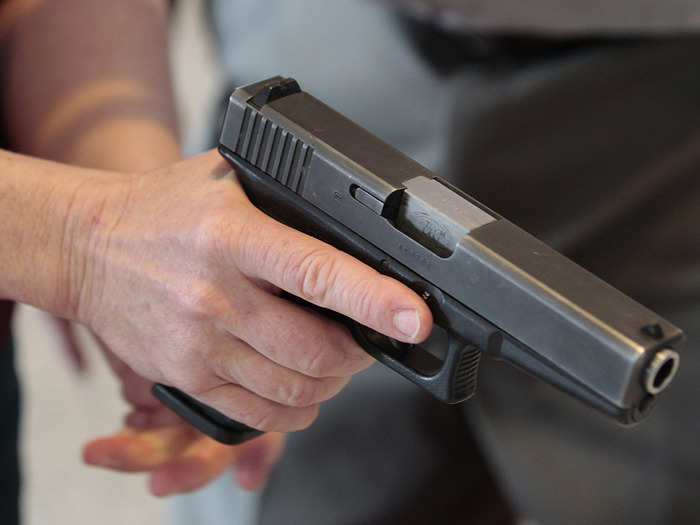
Would it work? Likely.
Currently, laws only require background checks from licensed firearms dealers.
Research shows states that require background checks on all gun sales had 35% fewer gun deaths per capita between 2009 and 2012 and research from the nonpartisan Rand Corporation estimates universal background checks could prevent 1,100 homicides per year.
"A first line of defense would ensure that all felons and anyone with a demonstrated record of violence or misuse of guns should be prohibited from any form of gun possession," Professor Donohue said. "Much more effort needs to be made to ensure that these individuals are recorded into the background check system to prevent future purchases and their current weapons are taken away."
Arguments from critics include that reform and enforcement of the thousands of current gun laws would be more effective at controlling violence and that background checks are an invasion of privacy. Lawmakers have sought to quell privacy fears around background checks, emphasizing that they wouldn't create a federal registry and that no policies have allowed federal agencies access to records on those who pass background checks.
Gun violence restraining orders or red flag laws

Would it work? Likely.
Red flag laws allow family members and law enforcement to file Extreme Risk Protection Orders and restrict or temporarily remove a person’s access to firearms when their behavior suggests that they pose a violent threat to themselves and others.
More states are adopting these laws as perpetrators of mass shootings are regularly proven to have displayed warning signs of deadly behavior before they attacked.
According to analysis from Everytown for Gun Safety, of the 156 mass shootings that occurred between 2009 and 2016, 54% were related to domestic or family violence. This strong connection suggests that domestic violence is a likely predictor of violent behavior.
Scott Karson, treasurer of the New York State Bar Association, wrote "while numerous factors intertwine to lead an individual from hitting a spouse to shooting up a public venue, or from acting out at home to shooting up a school, the often lethal combination of domestic violence and easy access to guns should not be ignored."
President Donald Trump won favor with some gun control advocates after he voiced support for the orders, which some gun rights advocates see as an opportunity for guns to be confiscated, though those who have their guns taken away can challenge the order in court.
Arming teachers
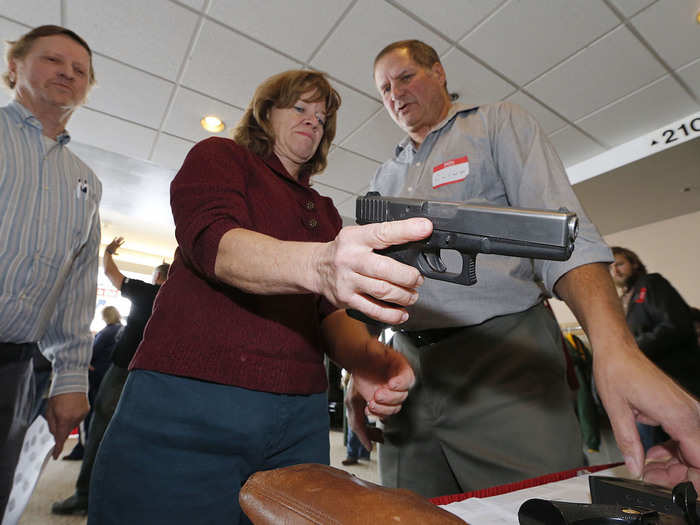
Would it work? Not likely.
A Washington Post-ABC News poll from earlier this year found that 42% of Americans said allowing teachers to carry guns could have deterred the shooting at Marjory Stoneman Douglas High School in Parkland, Florida.
However, research overwhelmingly concludes that more guns equal more deaths. A study of North American and European adolescent students found across the board that when there are more weapons in class, there are more hospitalizations and more medical treatment needed.
Researchers in that study concluded that carrying guns, knives, and other arms created a higher likelihood of physical violence and injuries.
There is no evidence that arming teachers, despite their level of skill and comfort with firearms, would be an effective method to confront the rates of mass shootings.
"Within the United States, a wide array of empirical evidence indicates that more guns in a community leads to more homicide," David Hemenway, director of Harvard School of Public Health’s Injury Control Research Center, wrote in Private Guns, Public Health.
Statistics show states with stricter gun policies and fewer guns have lower rates of gun violence in private residences and public areas.
Active shooter drills
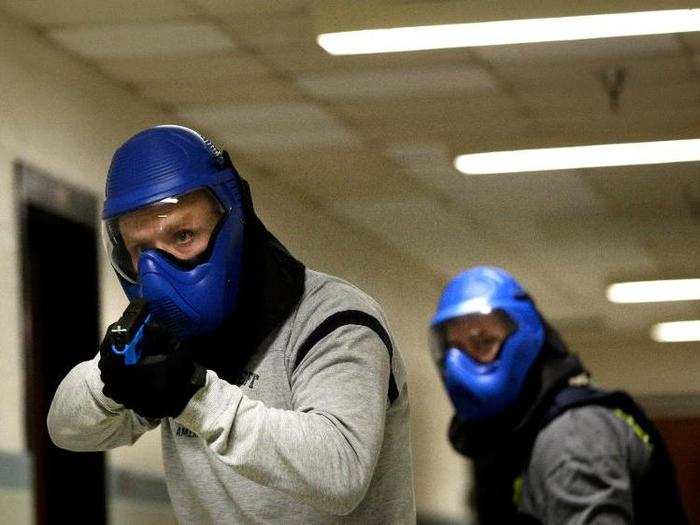
Are they effective? Not significantly.
Active shooter drills first began after the 1999 Columbine shooting, but a 2016 federal report found that nearly two-thirds of school districts nationwide conduct active shooter drills amid increased rates of mass shootings.
Despite the widespread practice, proof that drills have any effect on mass shootings in schools is hard to come by, and many educators argue the realistic drills are so frightening that they cause needless trauma to students of all ages.
"It's good to do emergency drills, but active shooters are not a drill anyone should have to do," Colorado math teacher Meredith Corley told The Atlantic about the post-Columbine practice. "It re-traumatizes kids who have experienced violence. Getting the kids settled back into the work of learning after lockdown drills is a nightmare. That mindset has no place in a learning environment."
Drills also prove to not only be largely ineffective but also dangerous when the shooter is a student and would be familiar with procedures.
Such was the case with Nicholas Cruz, who perpetrated a massacre at Marjory Stoneman Douglas High School in Parkland, Florida. Cruz seemed to be aware that gunshots would trigger a lockdown, and pulled the fire alarm minutes before the dismissal bell, confusing the lockdown procedure.
Only some classrooms fully maintained the lockdown despite the alarm and banging on the door. Cruz killed 12 inside the school, in addition to three outside on school grounds.
Having students, faculty, and staff report potential threats
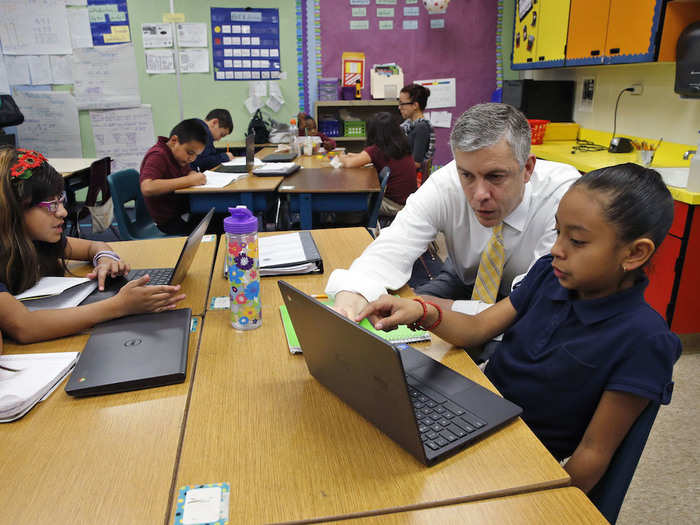
Would it work? Likely.
Having faculty, staff, and students tuned into the school climate and report alarming behaviors that allude to a student's potential desire to commit a violent attack would nurture a school's social and emotional environment and contribute to preventing mass shootings.
Signs of potentially dangerous students can include written, spoken, or even drawn hints from students about violent intentions or fantasies. Such clues could include threats against the school or other students, posts online, or lists of names of certain classmates.
A pilot program in Germany that was instituted after a spike in school shootings trained teachers and students to look out for what they call "leaking" behaviors that might indicate that a student is planning a violent attack.
Within seven months of the program, at least 19 high-risk cases were identified across the country, and those students were offered help.
Such actions might have prevented attacks like the mass shooting at a Parkland, Florida high school by Nikolas Cruz, who had posted threatening messages on his Instagram account about killing himself and others before the attack.
"No matter what you try to do by just hardening the target, we've learned that having the armed officers isn't necessarily going to stop it," Rutgers Graduate School of Education Professor Matthew Mayer told NPR. "Having the metal detector or the locked doors isn't going to stop it. The hard work is a lot more effort. You'd better start thinking in a more comprehensive manner about prevention instead of reacting."
Banning violent video games
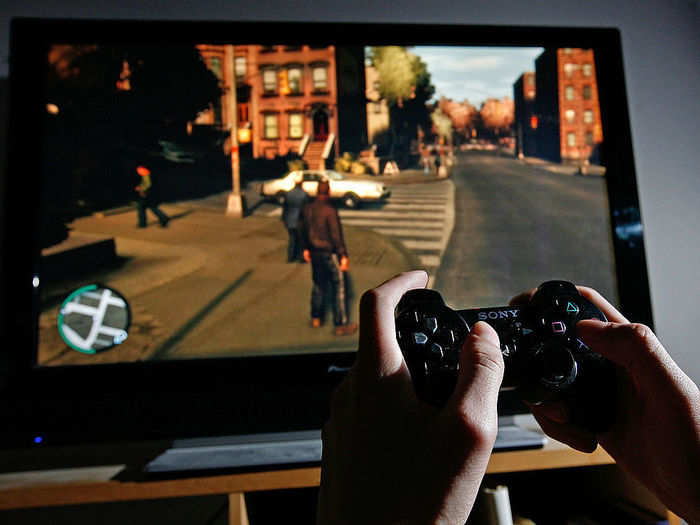
Would it work? Not likely.
Violent video games are an easy target for figures like parent groups, Tipper Gore, and President Trump who have tried to assign blame incidents like mass shootings by young perpetrators on violence in media, but research has found no evidence that violent movies and video games encourage real-world attacks.
The Supreme Court ruled 7 to 2 in 2011 against a law based on the assertion that violent video games promote real-life violence in Brown v. Entertainment Merchants Association.
"Psychological studies purporting to show a connection between exposure to violent video games and harmful effects on children do not prove that such exposure causes minors to act aggressively," the late Justice Antonin Scalia wrote in the majority decision. "Any demonstrated effects are both small and indistinguishable from effects produced by other media."
Dr. Patrick Markey, an associate professor of psychology at Villanova University, told Business Insider earlier this year that two studies he conducted found that on average, a smaller proportion of school shooters like violent video games than is found in the general population.
"About 20% of school shooters showed interest in violent video games, whereas the average high school student is about 70%," Markey said. "So what we find is the actual reality is the reverse of what we tend to think, that the school shooters tend to play less violent video games than the average high school student."
Source: The New York Times
'Hardening schools'
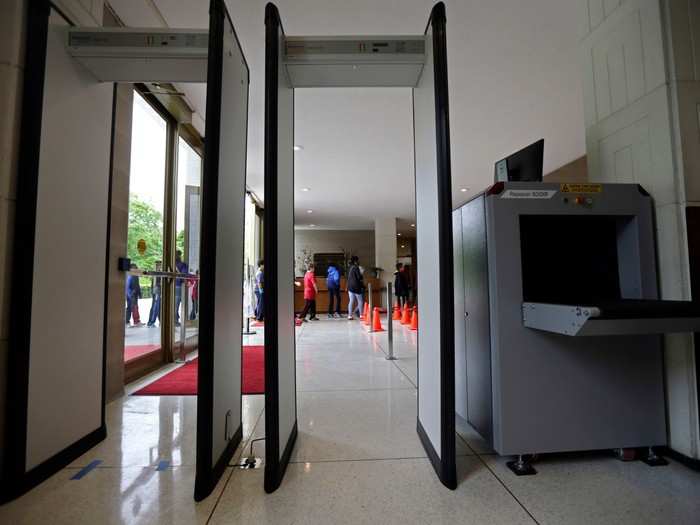
Would it work? Not likely.
Research has shown that boosting security at schools with armed security, metal detectors, and reducing access to buildings has little to no effect on the likelihood of a school shooting when compared to more preventative and early intervention measures.
Though security companies have lunged at the opportunity to outfit schools, educators worry the effort and money diverted to additional security measures would take away from proven methods of preventing mass shootings, including mental health counseling.
Popular Right Now
Popular Keywords
Advertisement